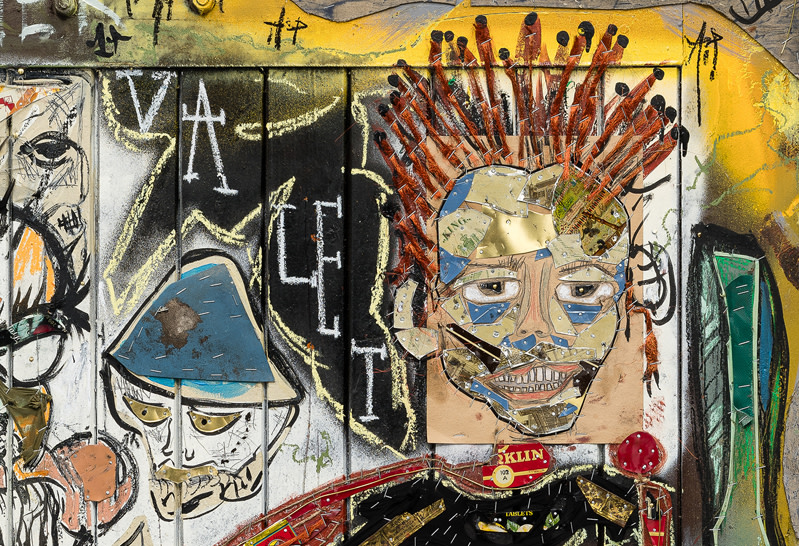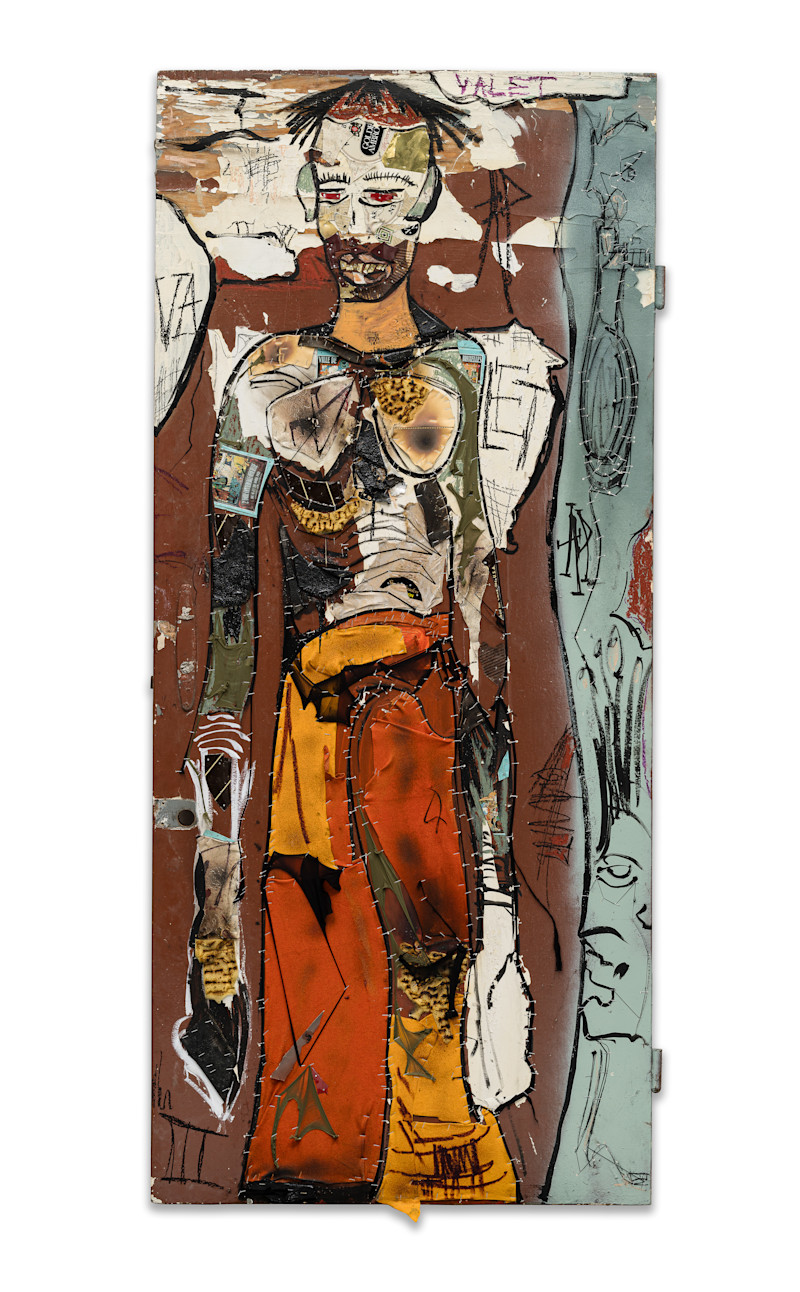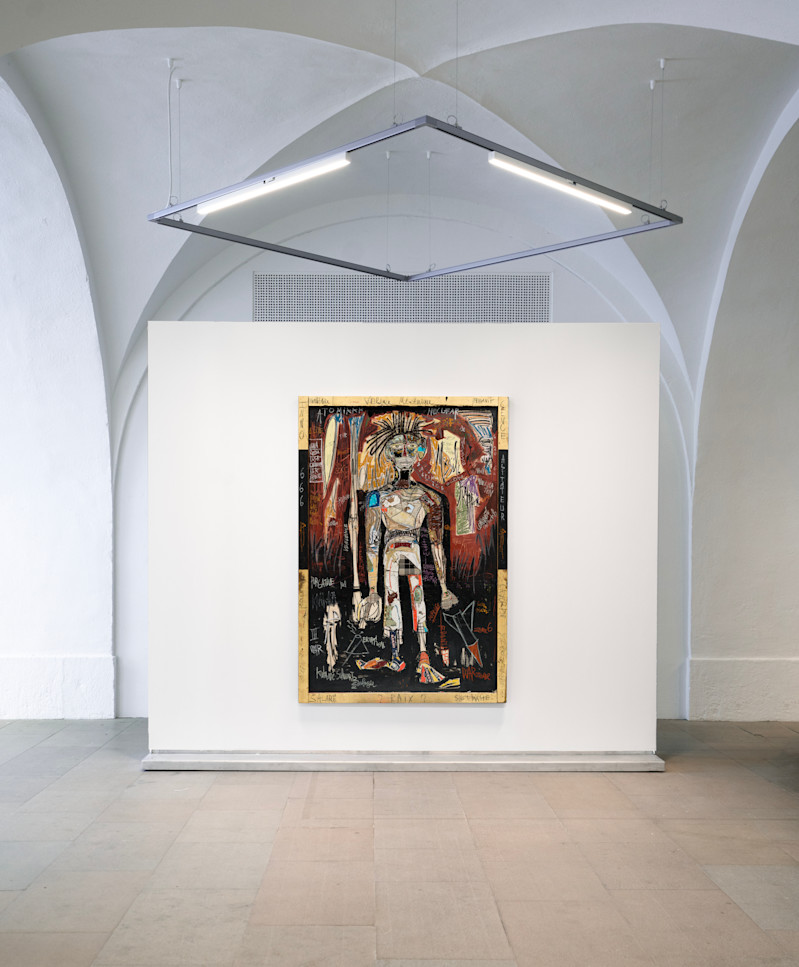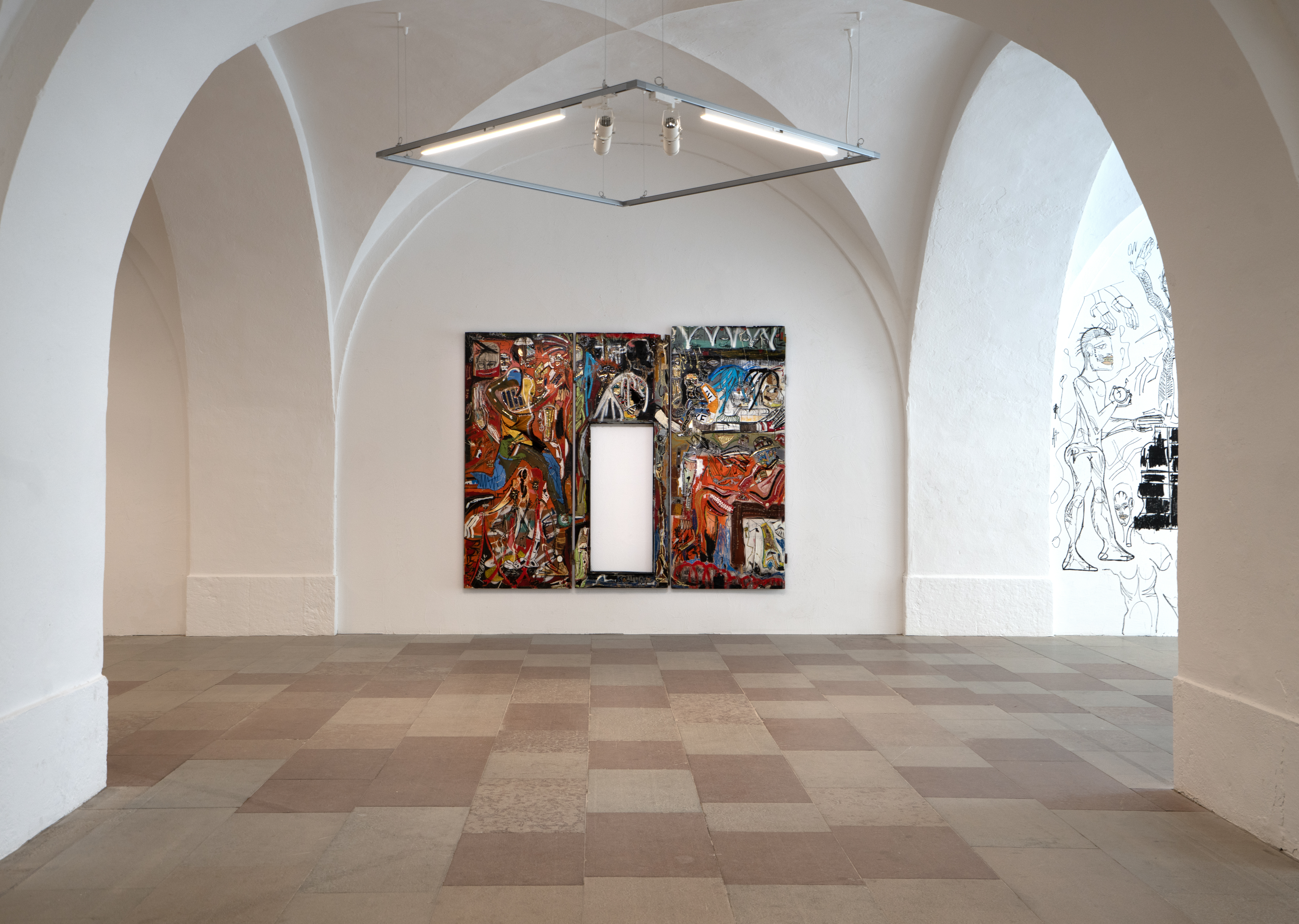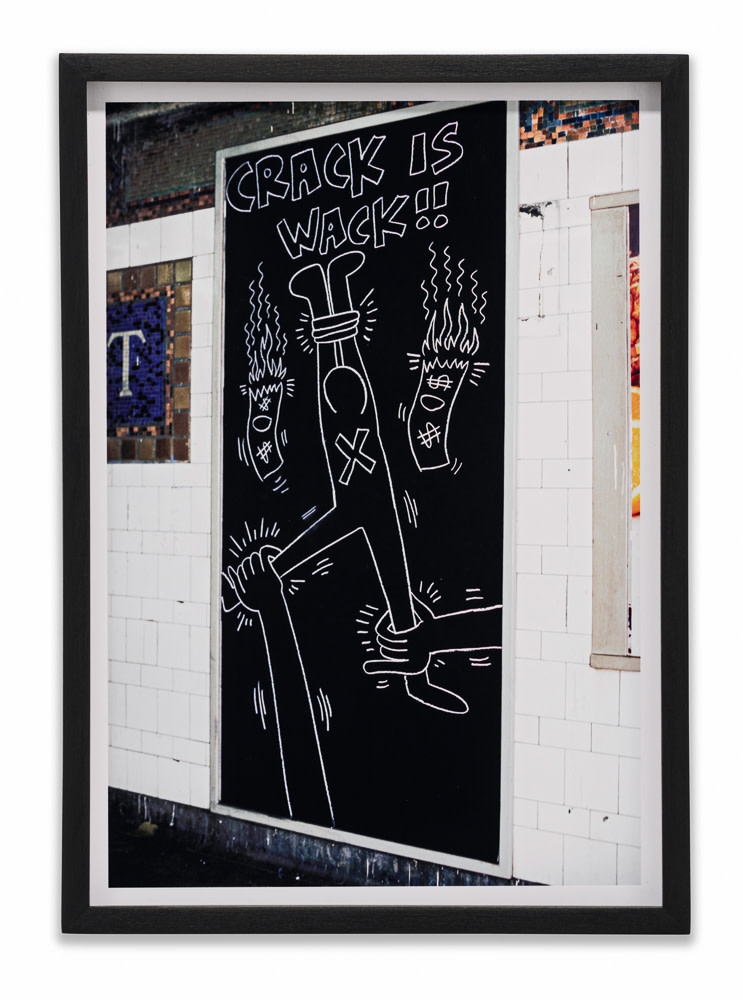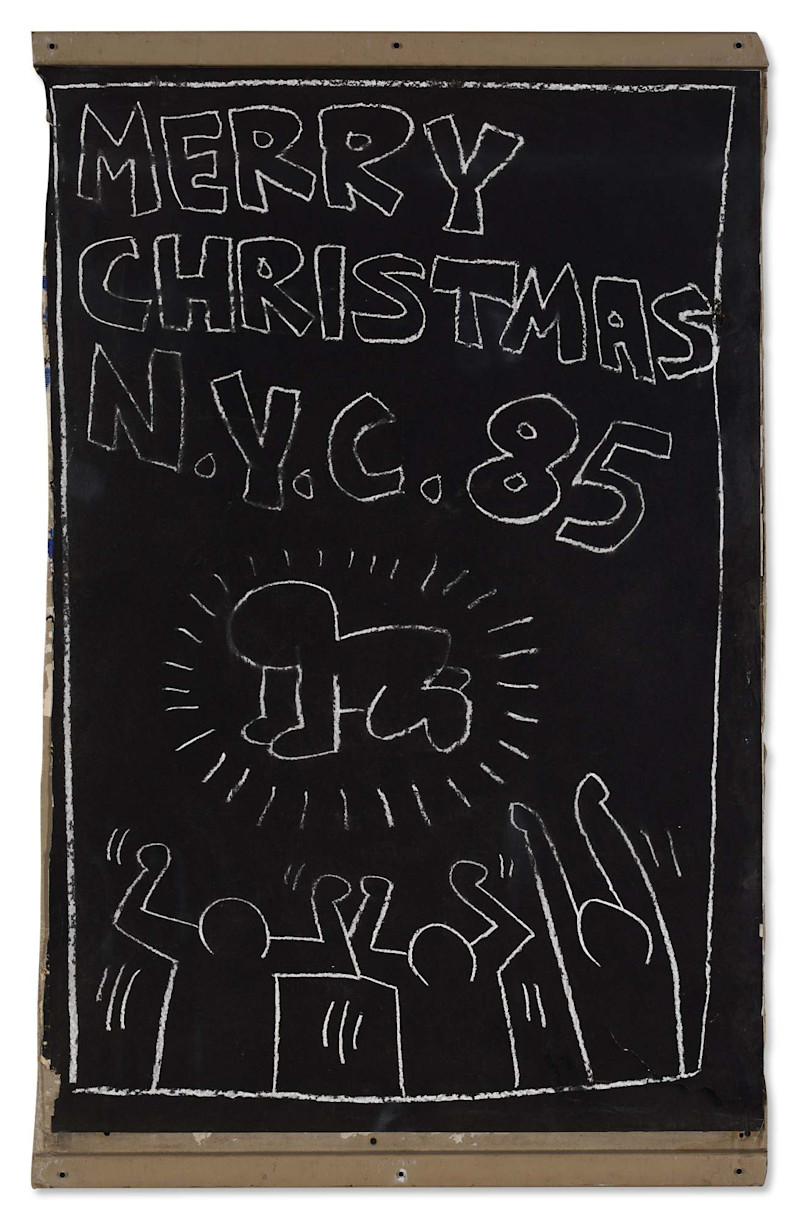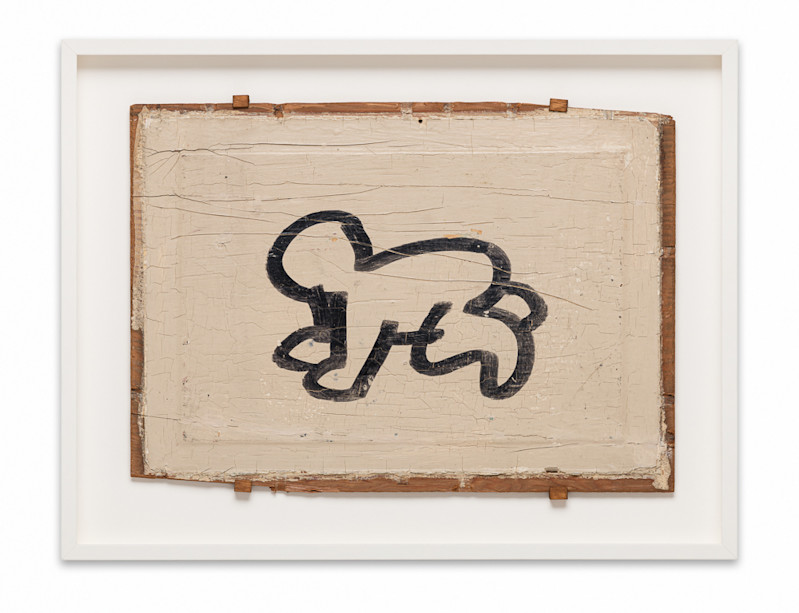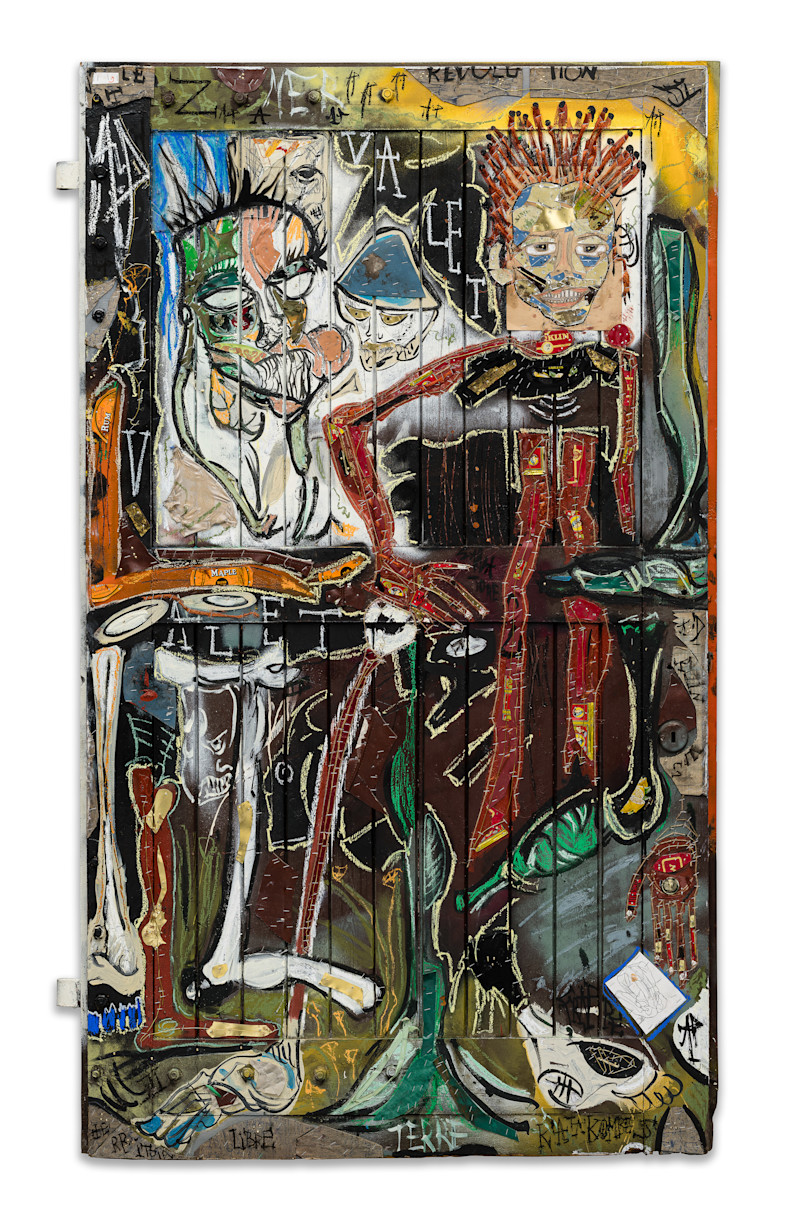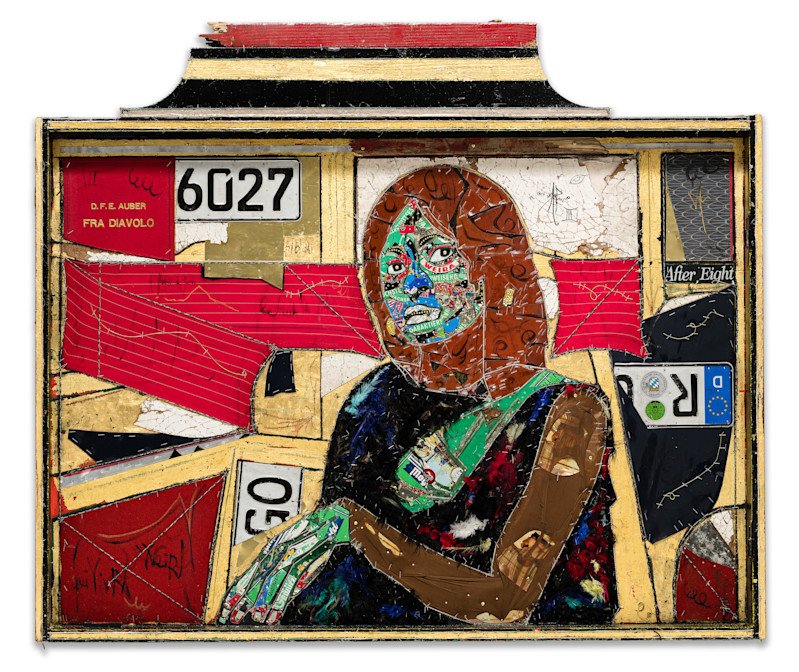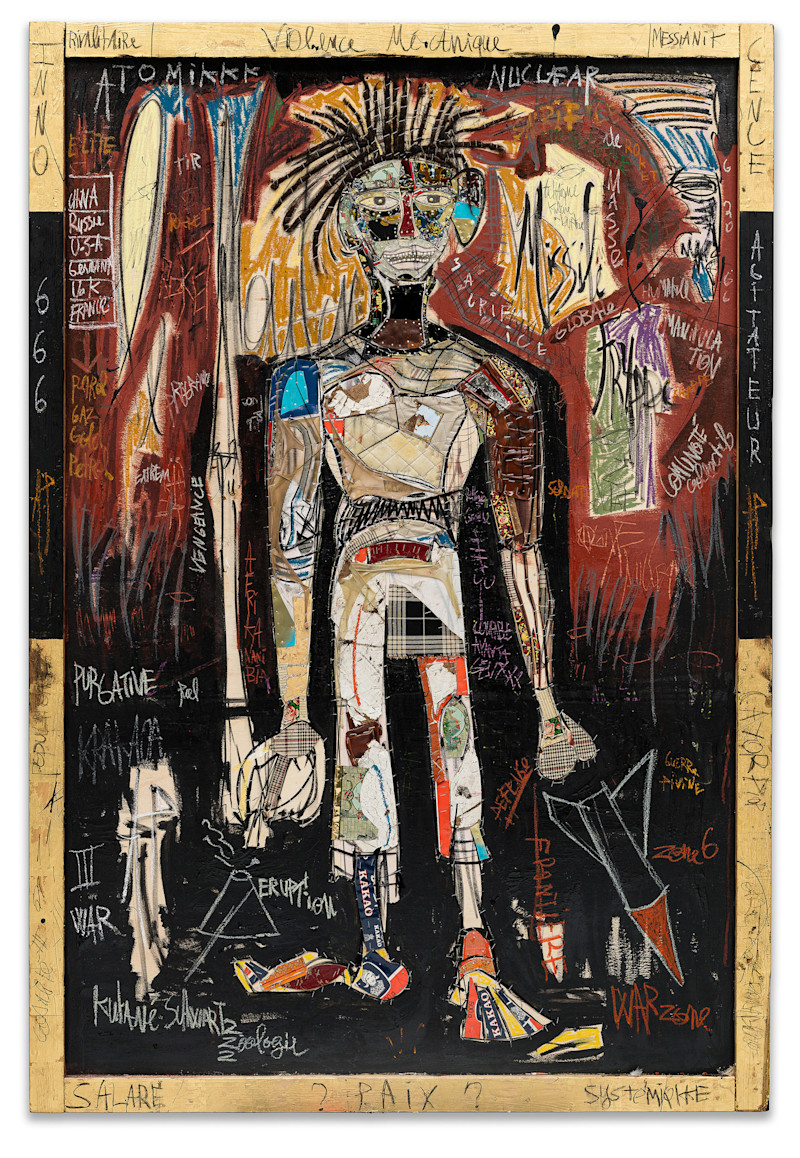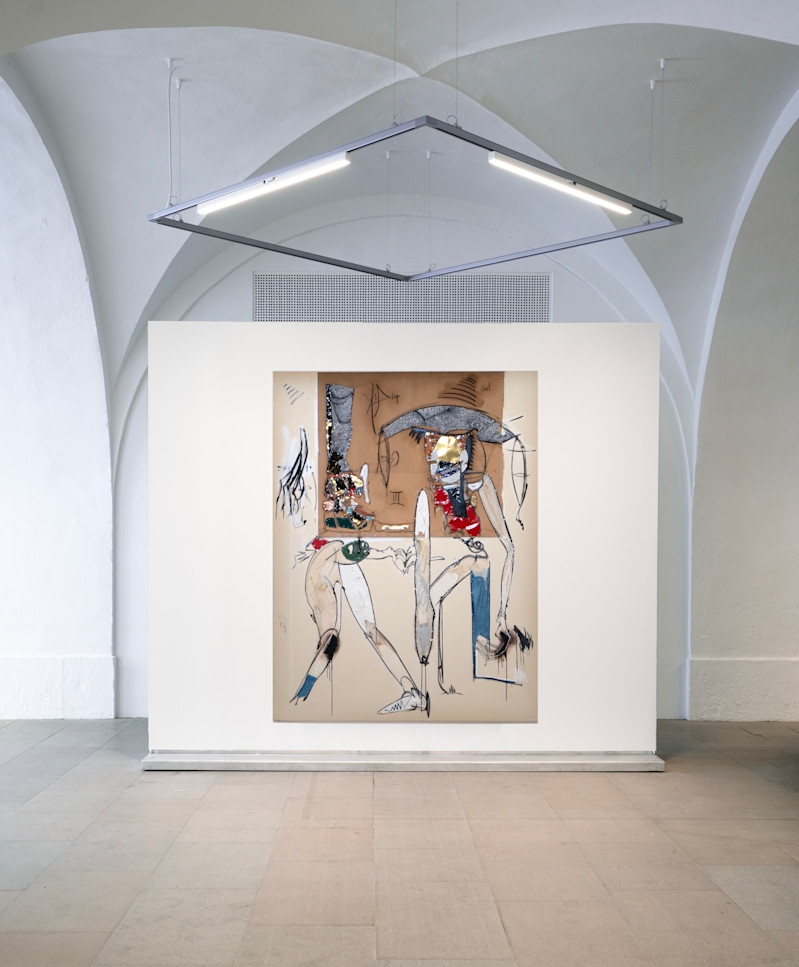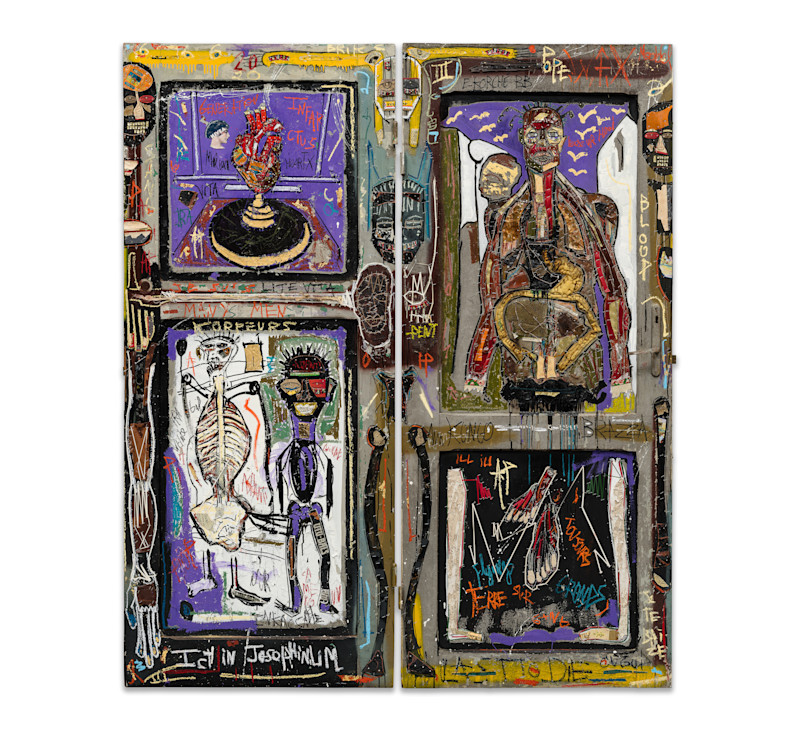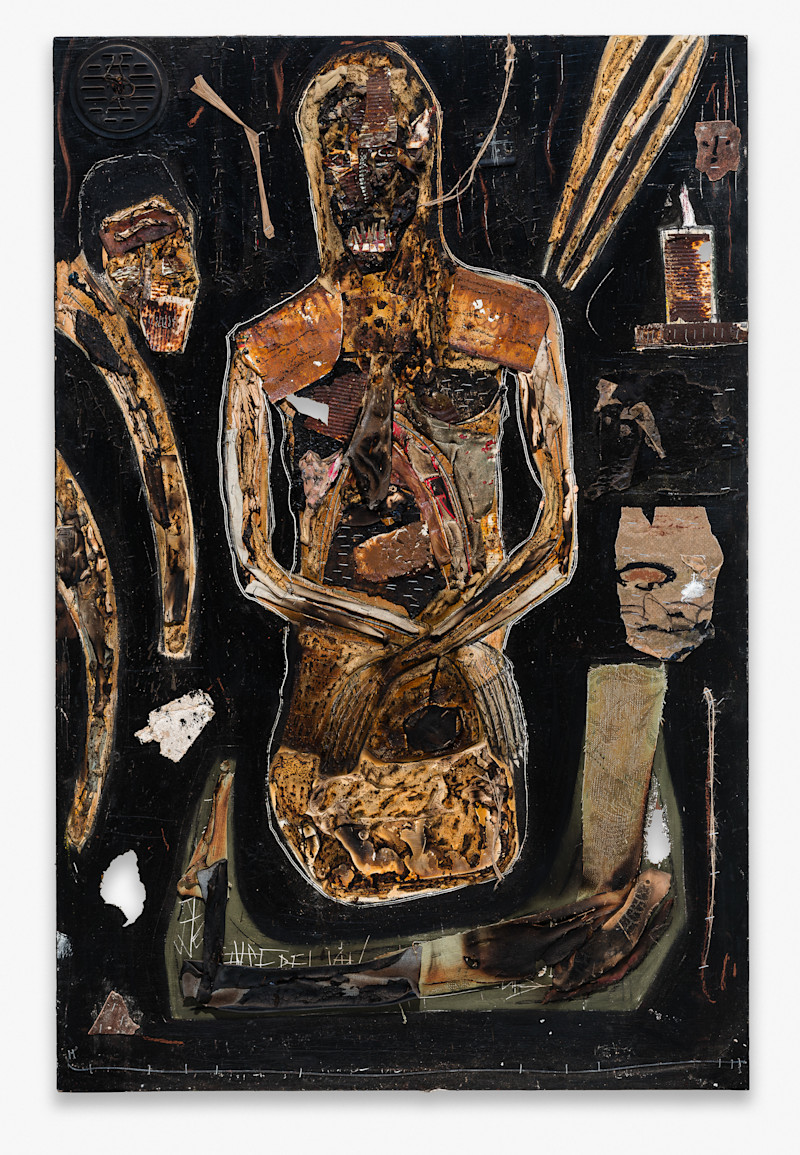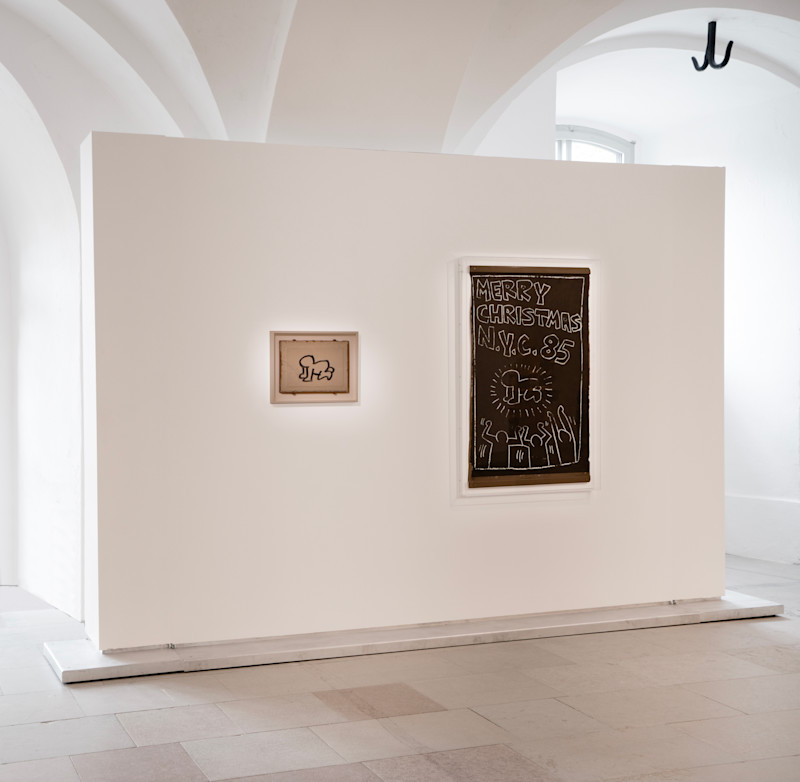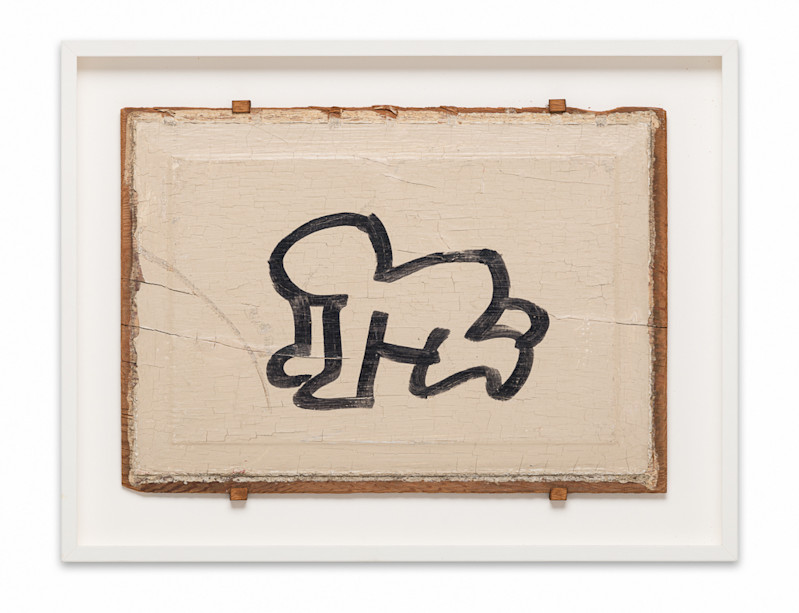About
In Puer Veritas – Latin for “in the child lies the truth” – frames a powerful encounter between two generations of artists united by their commitment to truth-telling, social responsibility, and radical visual expression.
This exhibition brings together Keith Haring’s iconic Subway Drawings with Alexandre Diop’s newly produced assemblage works, created on found doors by recycled materials. Both artists create with an immediacy and energy that speak directly to the viewer – from the street, to the street. The exhibition title, signed by Diop, is more than a poetic phrase; it captures the unfiltered clarity and honesty that permeate both artists’ work.
“The truth of children lies in their honesty, their clear vision. It’s an unspoiled space, where there is no judgment or categorization. Both Haring and I create from that place. We speak directly – not just to children, but about them, for them. They are the ones who will inherit the world we paint.” — Alexandre Diop
In their visual expression, Haring’s style leans toward the childlike and iconographic, while Diop’s art carries a different intellectual depth – shaped by his Senegalese-French heritage and the intense influence of the Austrian art scene around Gustav Klimt and especially Egon Schiele, whom he deeply explored during his studies in Vienna. Their influence is evident in Diop’s corporeal symbolism, charged titles, and fragmentary material compositions.
Keith Haring was known for using New York subway advertising panels as his canvases – a spontaneous, public, and powerful medium aimed at everyone traveling through the city. Alexandre Diop finds a similar expressive space in abandoned doors.
For Diop, the encounter with Haring is not just an art historical dialogue, but a crossgenerational kinship. Both are club kids – Haring from the 1980s New York scene, Diop from Berlin in the 2000s. These were spaces of freedom, where race, gender, and sexuality dissolved. Haring brought that freedom to the subway. Diop to and through doors.
What also unites them is their creative method: inexpensive materials, rapid gestures, found surfaces. For both artists, the medium becomes secondary – yet crucial. It is the direct act, the physical approach to the surface, that defines the work.
